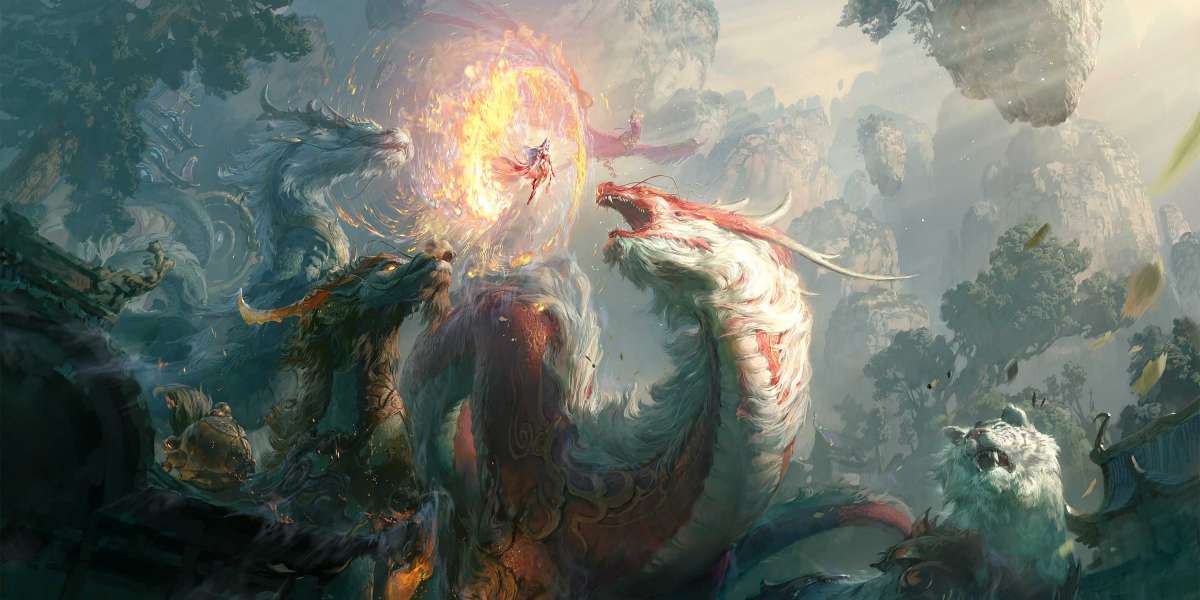Graphic Design has undergone a remarkable transformation over the decades. From its humble beginnings in print media to the dynamic digital landscape we see today, the field has evolved significantly. This article delves into the various stages of this evolution, highlighting key developments and their implications for the future of Graphic Design.
Graphic Design in the Print Era
Initially, Graphic Design was primarily associated with print media. The invention of the printing press in the 15th century marked a pivotal moment, allowing for the mass production of text and images. Designers utilized techniques such as typography, illustration, and layout to create compelling visuals. Have you ever wondered how early designers communicated messages effectively without the aid of modern technology? They relied on their creativity and understanding of visual hierarchy.
- Typography: The art of arranging type to make written language legible and visually appealing.
- Illustration: Hand-drawn images that complemented textual content.
- Layout: The arrangement of text and images on a page to guide the reader's eye.
The Rise of Digital Graphic Design
With the advent of computers in the late 20th century, Graphic Design began to shift towards digital platforms. Software like Adobe Photoshop and Illustrator revolutionized the way designers worked. This transition not only enhanced creativity but also increased efficiency. Designers could now manipulate images and text with unprecedented precision. What challenges did designers face during this transition? The need to adapt to new tools and techniques was paramount.
Key Features of Digital Graphic Design
- Vector Graphics: Allowing for scalable images without loss of quality.
- Digital Typography: Offering a vast array of fonts and styles.
- Interactive Design: Enabling user engagement through web and mobile applications.
Graphic Design in the Age of Social Media
As social media platforms gained popularity, Graphic Design evolved once again. Visual content became essential for brands looking to engage audiences. Designers now create graphics tailored for various platforms, ensuring that messages resonate with target demographics. The question arises: how can designers keep up with the fast-paced nature of social media? Continuous learning and adaptation are crucial.
Strategies for Effective Social Media Graphic Design
- Understand the platform's audience and tailor content accordingly.
- Utilize eye-catching visuals to capture attention quickly.
- Maintain brand consistency across all graphics.
The Future of Graphic Design
Looking ahead, the future of Graphic Design appears promising. Emerging technologies such as augmented reality (AR) and virtual reality (VR) are set to redefine how designers create and share their work. As these technologies become more accessible, the potential for innovative design solutions will expand. How will Graphic Design continue to evolve in response to these advancements? The possibilities are endless.
In conclusion, the journey of graphic design from print to digital and beyond showcases its adaptability and significance in communication. As we embrace new technologies, the role of designers will continue to be pivotal in shaping visual narratives. For those interested in exploring unique design tools, check out this .








